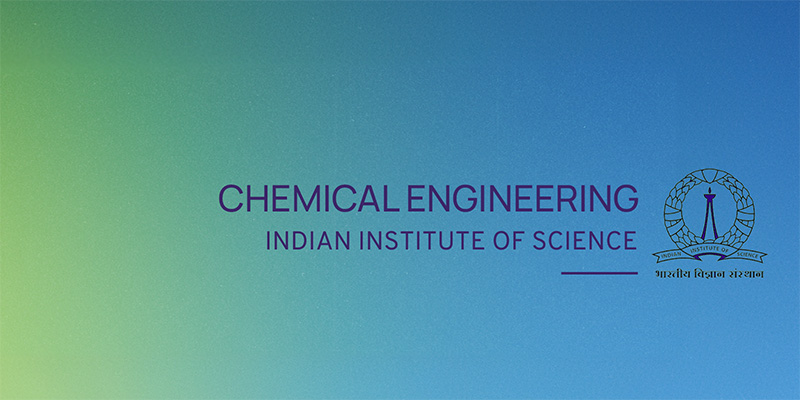October 23, 2025 -- October 23, 2025

Speaker : Dr. Brato Chakrabarti, ICTS-TIFR, Bangalore.
Date & Time: 23rd Oct. 2025 Thursday at 4 PM.
Venue : Seminar Hall, Chemical Engg.
Boundary-driven self-organized flows: discrete simulations and continuum theories
An important class of microscale fluid-structure interactions in biology involves the interactions and deformations of flexible elasticae, both passive and active, with fluid flows. This is evident from fundamental biological transport processes such as the swimming microorganisms using internally actuated cilia or flagella, the transport of material by the coordinated action of ciliary carpets, and the involvement of both actuated and passive flexible filaments in the first symmetry-breaking of vertebrate cells. Both single filaments and assemblies are challenging to study because individual filaments have many internal degrees of freedom in deformation and can exhibit microscopic instabilities. The interaction of many filaments in these assemblies can be manifested as macroscopic emergent behaviour. I’ll tell you two stories concerning the dynamics of active filaments in flows. In the first, I’ll tell you how beds of beating cilia organize themselves to convert the nanoscopic action of internal molecular motors into the large-scale metachronal waves that underlie pumping and clearance. In the second, I will outline a continuum theory that explains how thousands of microtubules can buckle inside the oocyte of the fruit-fly to drive large-scale cytoplasmic flows.